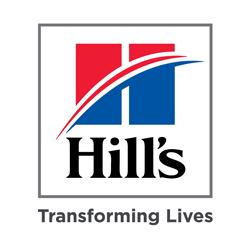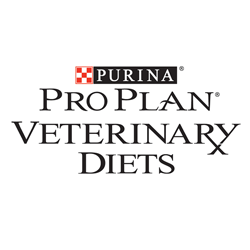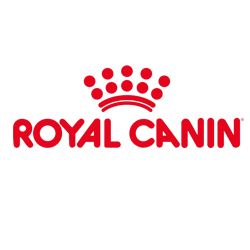Feeding Plans for Healthy, Appropriate Weight Cats and Dogs
For apparently healthy patients maintaining ideal weight, major diet adjustments are likely not required unless a nutritional risk factor is identified. When making new feeding recommendations, the following factors should be considered:
- Give specific feeding plans, including the new diet, feeding amount, feeding frequency, recommended daily treat-snacktable food-medication food allowance, and supplement adjustments.
- Diet adjustments over a 4- to 7-day period may reduce the occurrence of negative gastrointestinal responses.
- Even with no physically apparent dietary issues, this is the opportunity to help the owner lay a better nutritional foundation for later in life. Teach owners how to assess BCS and MCS so they can recognize an undesirable change and adjust intake as needed. Owner assessment of these parameters should be verified by a member of the veterinary team.
- Discuss feeding management and other environmental factors (e.g., free-choice feeding, food competition/social hierarchy, outdoor access leading to additional calories from predation, feces, etc.) that may negatively influence their ability to adhere to the feeding plan.
- Food-dispensing toys or automated feeders are useful to control food access and amount. Feeding toys may positively affect activity level in dogs, although the benefit in cats is more related to enrichment and behavior modification.22–25
When a cat or dog is healthy and maintains an appropriate weight, ensure the pet is being fed a complete and balanced diet in a suitable amount to avoid future unintended consequences. Although maintenance of ideal BW and BCS is the indicator for how well current intake meets energy needs, these parameters do not address the distribution of calories from unbalanced food items. The Association of American Feed Control Officials (AAFCO) nutritional adequacy statement indicates whether a commercial diet contains all the required nutrients in the correct ratios (i.e., “complete and balanced”) for longterm feeding to the specified life stage. Some foods, including many therapeutic diets, have an “intermittent or supplemental” use label indicating they do not meet the requirements of being “complete and balanced” or that the diet has a special nutritional or dietary purpose. Treats, snacks, and supplements do not require a nutritional adequacy statement.26 If product packaging is not available, the company’s customer service line or website may provide the information.
Assessing the overall quality of a commercial diet is challenging. Specific questions to consider asking pet food companies and their responses to a few of these questions have been published.27,28 The FDA also publishes searchable recall and withdrawal information, based on brand and reason for recall.29
To determine if caloric intake is suitable, calculate RER and maintenance energy requirement (MER) based on the pet’s activity and life stage factor guidelines (Box 1).
- Calculate current caloric intake from all food items. AAFCO requires calorie content on dog and cat food labels, including snacks and treats; however, this does not include chews, bones, or toys.30 The United States Department of Agriculture (USDA) FoodData Central system provides caloric content of whole foods.31 The caloric content of supplements may be listed on the label or obtained by contacting the manufacturer.
- Compare MER with total caloric intake. Ensure the calories consumed are within a reasonable level of agreement to MER and that the main source of complete and balanced nutrition represents ≥90% of total intake whereas treats and other food items make up ≤10%.
- If there is a significant difference between calculated MER and reported intake level, review calorie intake, life stage, activity level, and MER/RER calculation accuracy.
- Consider an extended nutritional assessment, especially in overweight or underweight pets (see preceding section on How to Perform a Nutritional Assessment).
Commercial pet foods are required to contain feeding recommendations. In an ideal world, the pet owner will perform RER/ MER calculations rather than relying solely on package guidelines because AAFCO does not standardize this process. However, many owners will feed a commercial pet food according to the label directions. In such cases, it is important for the practice team to assess the dog’s or cat’s bodyweight, BCS, and MCS on a regular basis to ensure that the patient is receiving optimal calories and protein.






